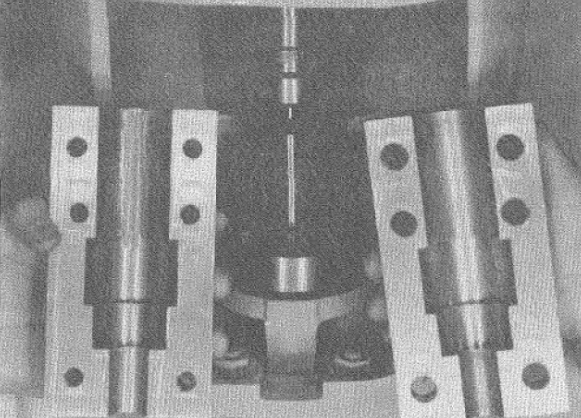
by Jim Anderson | Feb 11, 2025 | Clamp Hubs
A refinery customer had a series of Ingersol-Rand VOC vertical pumps throughout the plant. Those pumps used clamshell couplings (as seen in the original IR manual below). The plant kept replacing these couplings over the years, but always with the same original...
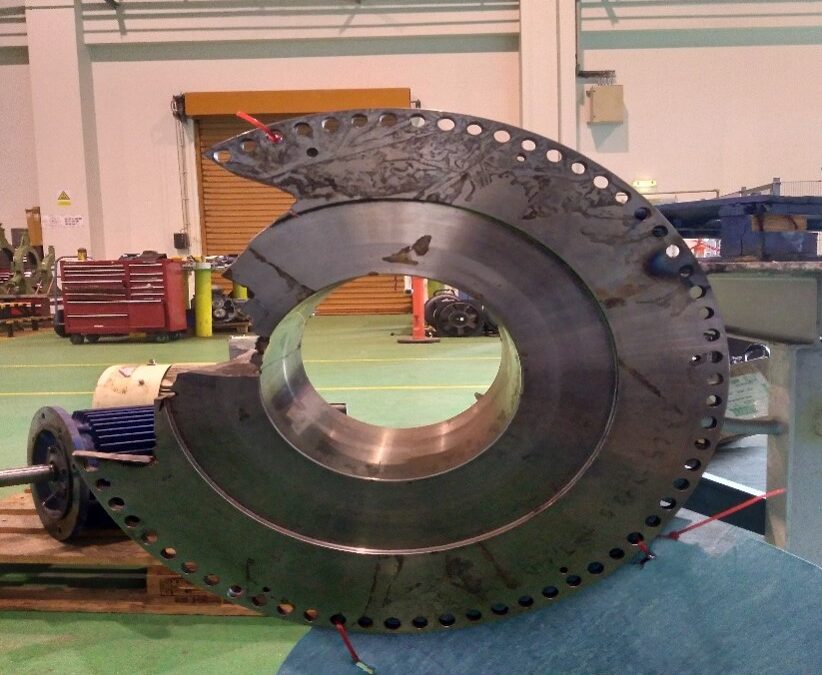
by Jim Anderson | Sep 19, 2024 | Clamp Hubs
When an LNG plant has multiple compressors driven by GE MS7001 gas turbines, it can be a fairy tale romance. But, when the evil villain, in this case, a hydraulic hub, gets involved, it can put the whole story in jeopardy. Over the years of operating, this LNG plant...
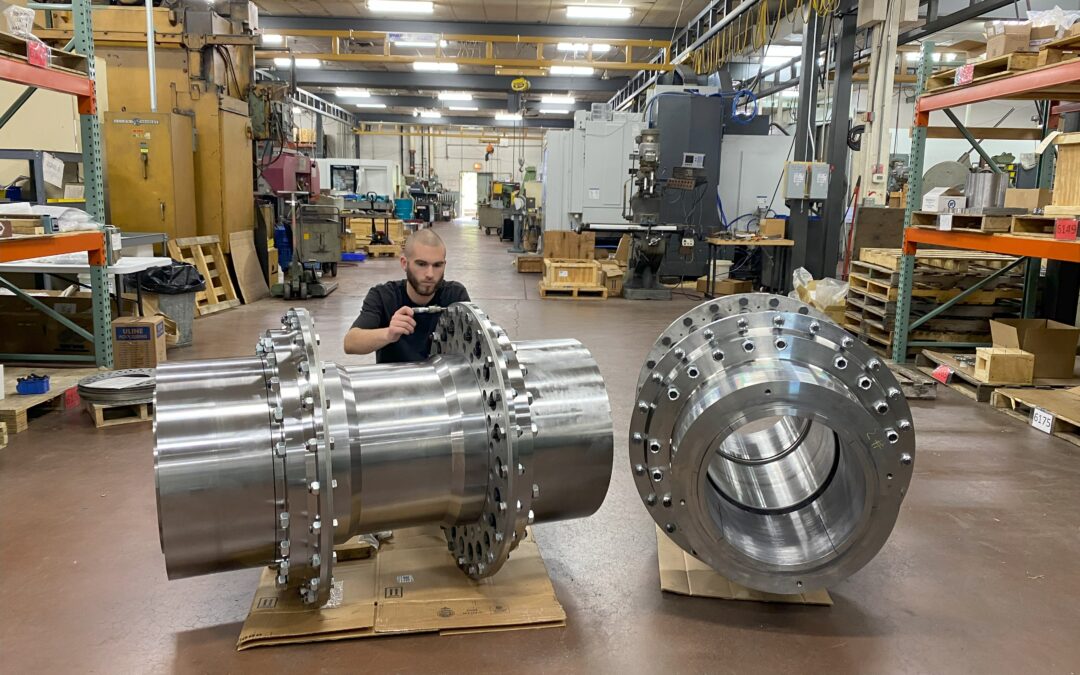
by Jim Anderson | Nov 28, 2023 | Clamp Hubs
Working with Large Hubs the Hard Way As the world’s heavy industries strive towards larger and more powerful equipment, CouplingCorp is helping to make it easier to keep that machinery running using large clamp hubs. Historically, there have been several ways...
by Jim Anderson | Aug 23, 2023 | Clamp Hubs
Large Vertical Pumps with Large Problems Recently, a power plant had problems with its circulating water pump system. The system was rated at just over 5000 HP, running at 350 RPM. There were some vibration issues along with some other reliability issues. After...
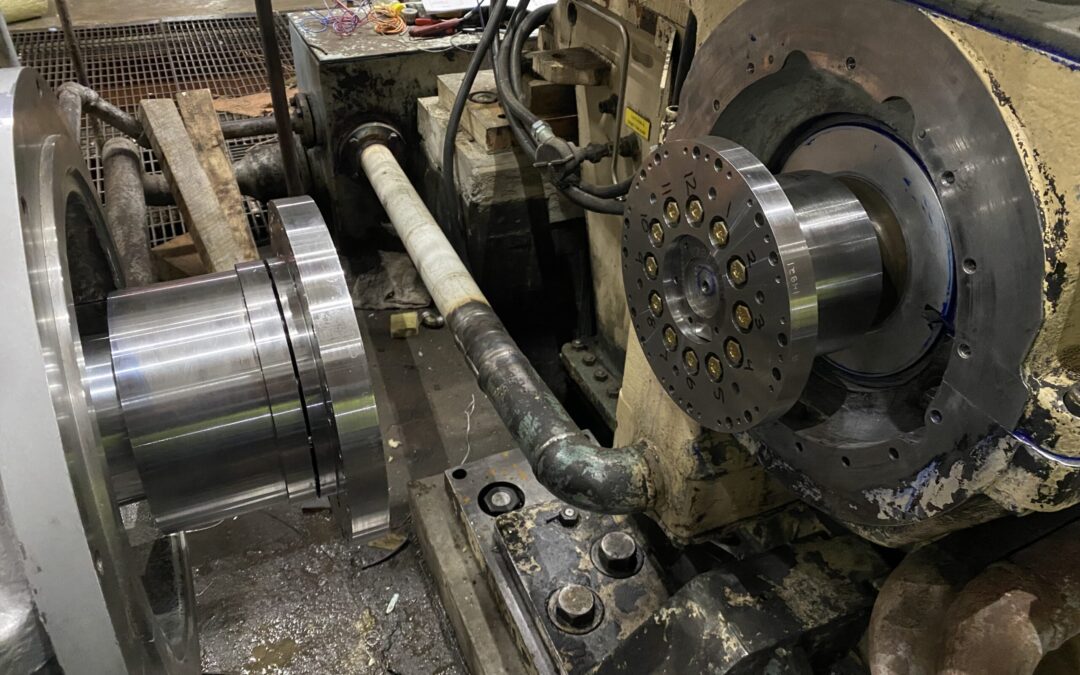
by Jim Anderson | Jun 21, 2023 | Clamp Hubs
Thermal Growth – No Problem Recently a power plant was installing a new coupling after an extended outage. A new pump shaft and element were installed during the outage, and significant work was performed on the turbine. The original distance between shaft ends (DBSE...
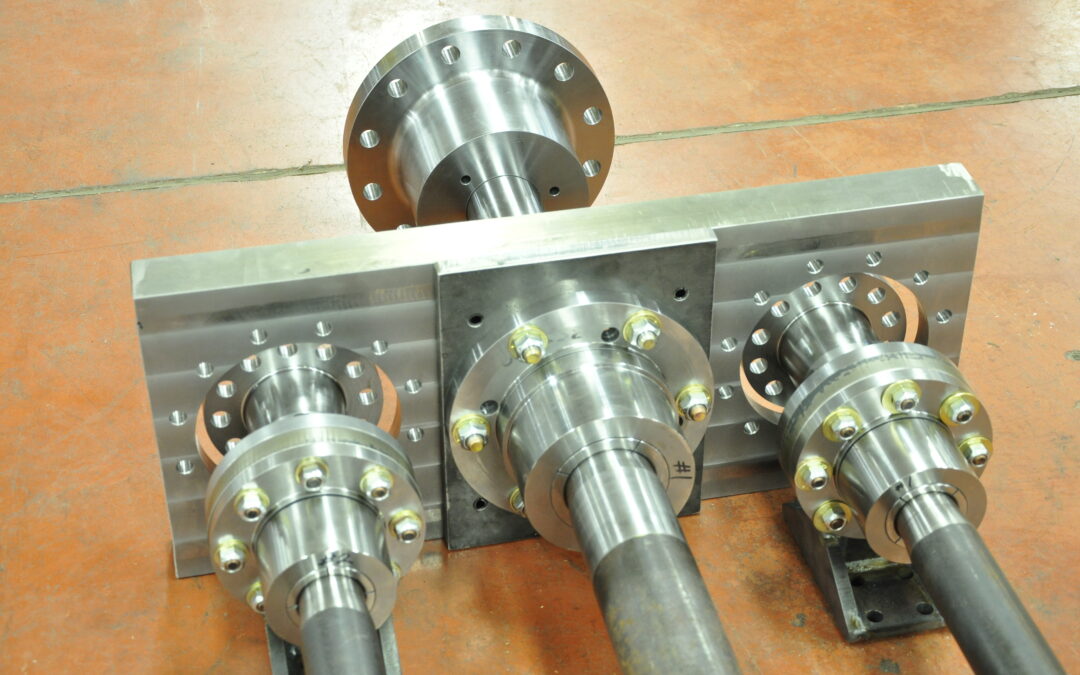
by Jim Anderson | Jun 21, 2023 | Clamp Hubs
A CouplingCorp customer came with a problem that can be common. The original shaft attachment device they were using had a set screw to hold it in place on the shaft. Over time the vibrations of the hub on the shaft caused micro fretting between the set screw and the...





